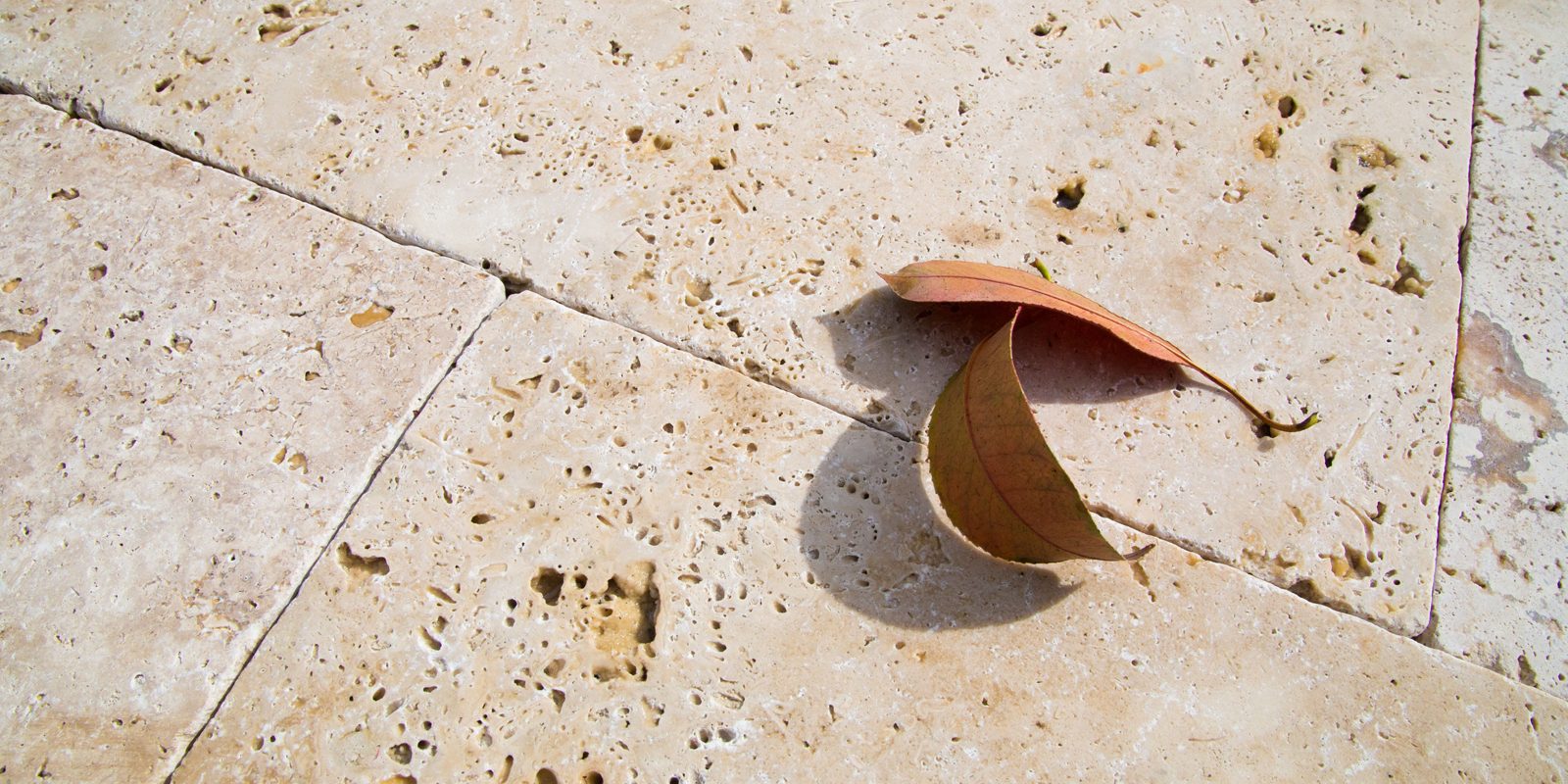TRAVERTINE PAVING STONE
Travertine is a banded, compact variety of limestone formed along streams, particularly where there are waterfalls and around hot or cold springs. It is a sedimentary rock, which is made up of layers of calcite formed from the accumulation of organic matter.
Travertine is sometimes known as travertine limestone and sometimes as travertine marble. These are the same stone, even though it is neither limestone nor marble. The stone is characterised by pitted holes and troughs in its surface. Although these troughs occur naturally, they suggest to some eyes that considerable wear and tear has occurred over many years.
Travertine has been a very important building material for housing and representative buildings since the Middle Ages. Rich deposits of aged, dried and hardened travertine were mined by the Romans. The largest building in the world constructed mostly of travertine is the Colosseum in Rome.
Travertine slabs are one of several natural stones that are used for paving patios and garden paths. It is a very strong stone, which when cut into tiles exposes the small holes on the surface. These holes can be left unfilled to leave a natural texture or they are filled in the factory with a very hard resin and honed to give a smooth and shiny finish. Small holes may appear on the surface of the tiles over time; this is part of the charm of this ancient stone.
There are a wide choice of colours, styles and finishes and being natural stone, they are unique, giving you a very individual flooring.








